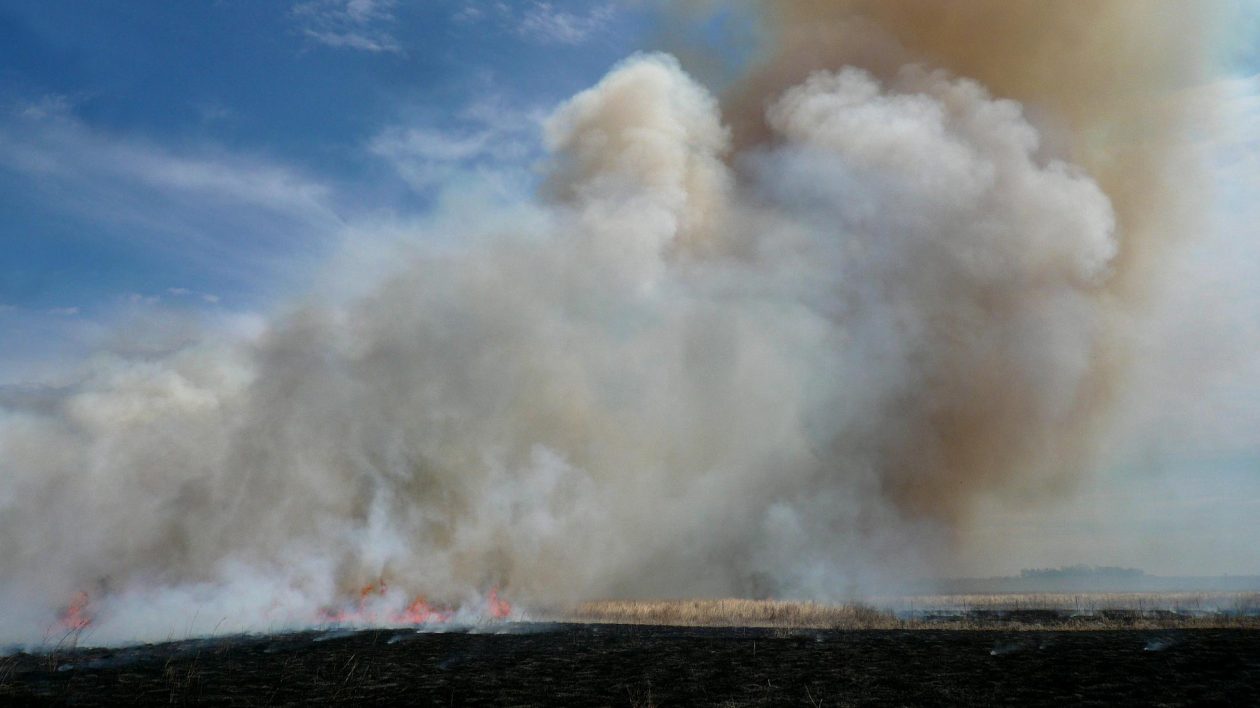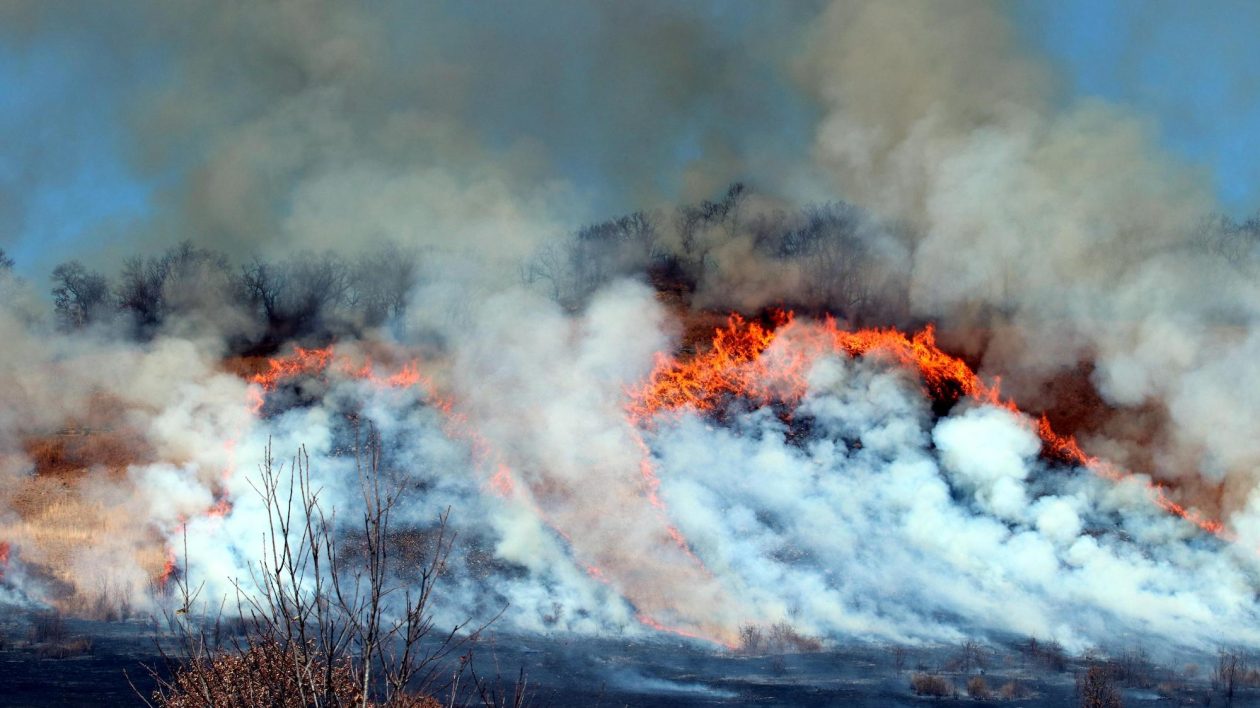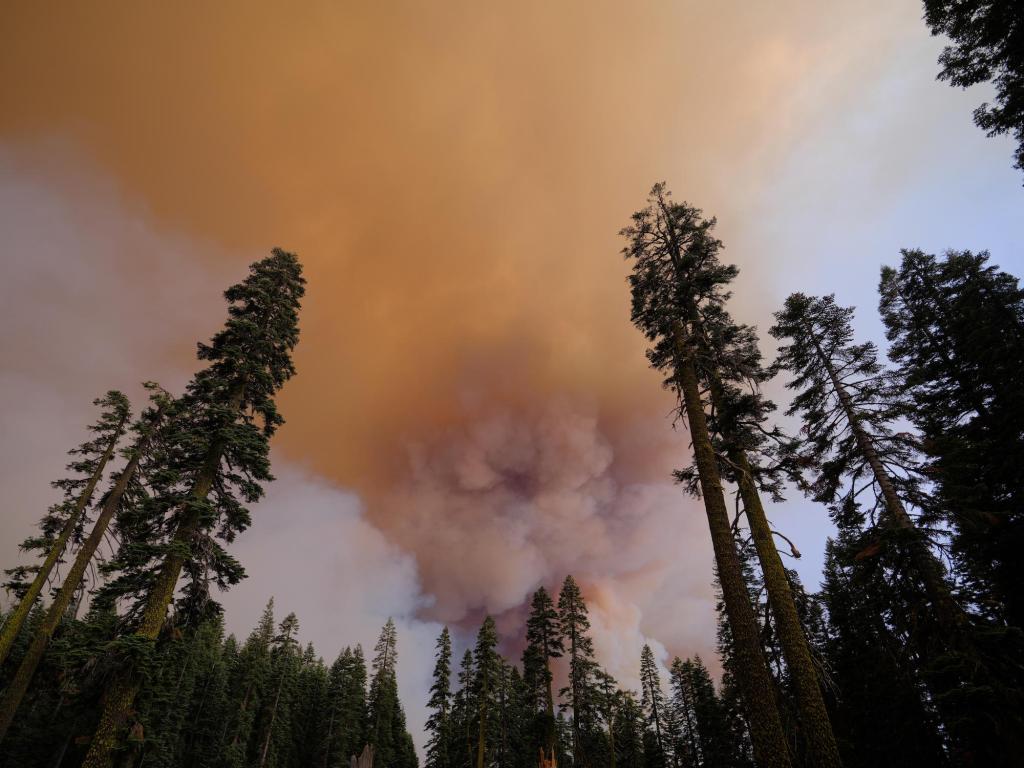Increasingly severe wildfires have created an environmental and social crisis across the western United States. But often, the ecological and public health implications of wildfires are treated as separate issues. A new paper argues that a transdisciplinary approach is necessary to address this growing threat.
The Gist
Climate change and a century of fire suppression have led to contemporary wildfires with more severe impacts. Smoke exposure and its adverse effects on human health generate significant attention among policy makers and in western U.S. communities. Wildfire smoke is associated with a range of health impacts on children and adults, and disproportionately affects outdoor workers and socially disadvantaged groups. And yet, smoke exposure is often treated as a separate issue by forest managers and conservationists.
A Science for Nature and People Partnership (SNAPP) team consisting of researchers in the forest and fire management and human health fields convened to encourage the integration of human health considerations into forest management. The team published its findings in a new article in the journal Current Environmental Health Reports.
“We wanted to address the different perspectives related to forests, fire and smoke,” says Savannah D’Evelyn, lead author on the paper. “To integrate public health and equity into forest management, we needed to first find where the common ground was.”

The Big Picture
Forest restoration, including prescribed burning, is well documented in reducing the severity and ecological and human safety impacts of wildfires. But those burns, even when carefully planned, also produce smoke.
“We know that any smoke exposure can have negative effects on human health,” says D’Evelyn. “We also know that prescribed burning is essential in mitigating the impacts of wildfires.”
Ryan Haugo, director of conservation science for The Nature Conservancy in Oregon and co-author of the paper, emphasizes the complexity involved in addressing smoke exposure.
“All fire produces smoke and smoke has health impacts for people,” he says. “Prescribed burning often impacts local communities. They are bearing a burden. Large wildfires can impact both local communities and millions of people across broad geographic areas. If we are thinking about how we restore forests for nature and people, we have to think about smoke, and the trade-offs and impacts involved.”
To address what Haugo calls a “wicked problem,” the researchers recognized the need to listen to and integrate a diversity of perspectives, particularly those of Indigenous peoples, who have successfully used fire as an ecological tool for thousands of years.

The Takeaway
The paper suggests improved communication as essential in reducing the public health and social impacts of smoke exposure from both wildfires and planned burns. While most cities and communities in the western U.S. issue health advisories around wildfire smoke, these advisories aren’t always accessible to the most vulnerable.
“We need to carefully consider communications platforms and strategies,” says Haugo. “They need to be culturally appropriate and accessible. Non-English speakers who work outdoors and those without access to technology may not have access to health advisories.”
With “smoke season” becoming an annual occurrence, communities should plan in advance, including the creation of clean air shelters and providing masks for outdoor workers and others.
“You could think about it as creating smoke-resilient communities,” says Haugo. “A community that is smoke resilient is resilient whether the smoke is from a wildfire or a prescribed fire.”
With the western U.S. in the midst of a well-publicized mega-drought, and climate change continuing to exacerbate wildfires, communities need to be working in advance to address inevitable smoke exposure, D’Evelyn emphasizes.
“Community health and forest health are not separate disciplines,” she says. “We need to be planning for both at the same time. This SNAPP team is opening the conversation between people who in the past may not have been in the same room. We recognize that addressing the impacts of wildfire has to be a transdisciplinary field.”




Matt, I kept waiting for the paragraph or sentence that touched on just what health issues might arise when people breathe in smoke. Otherwise, found article most informative.
No need to post comment. Just wanted to make a personal suggestion.